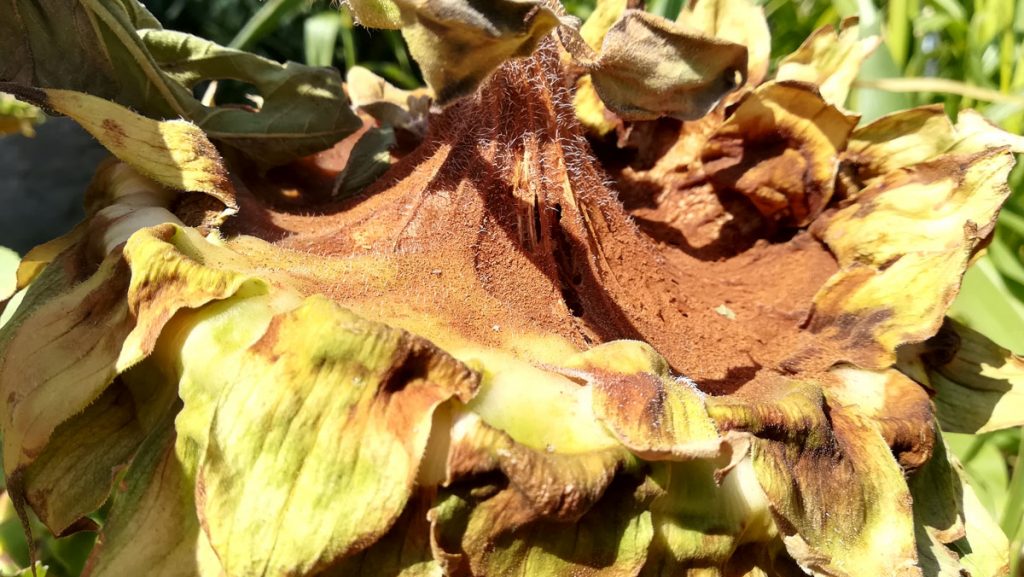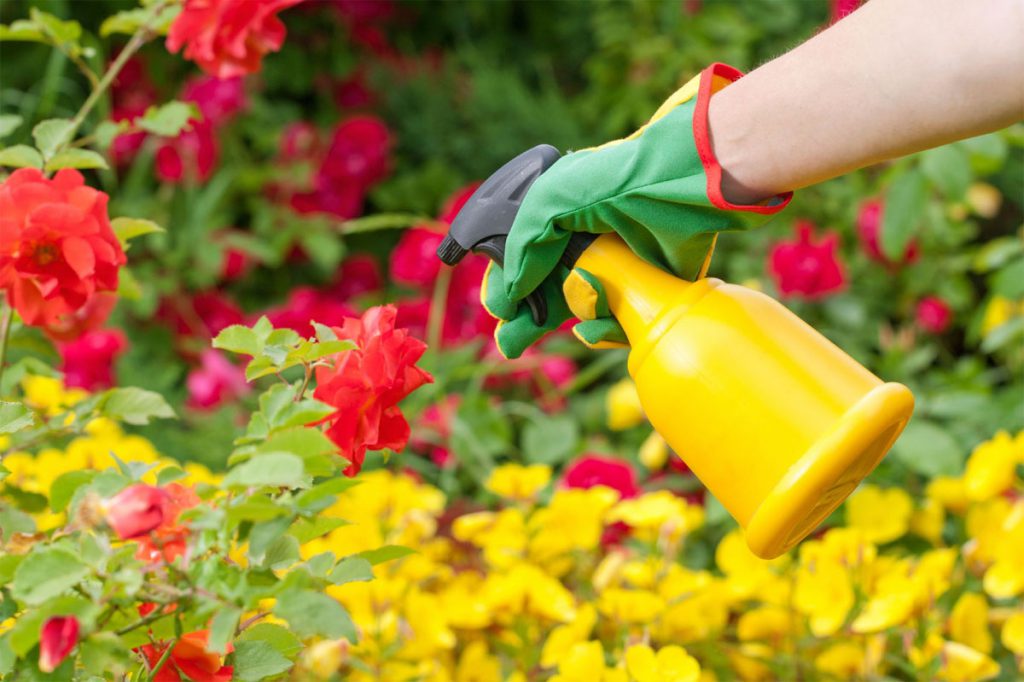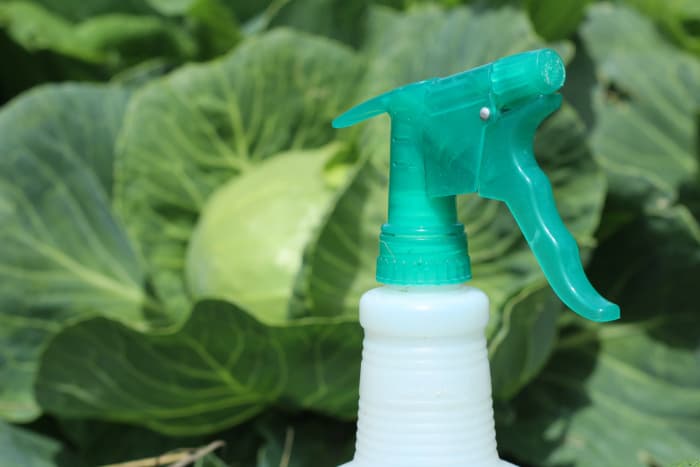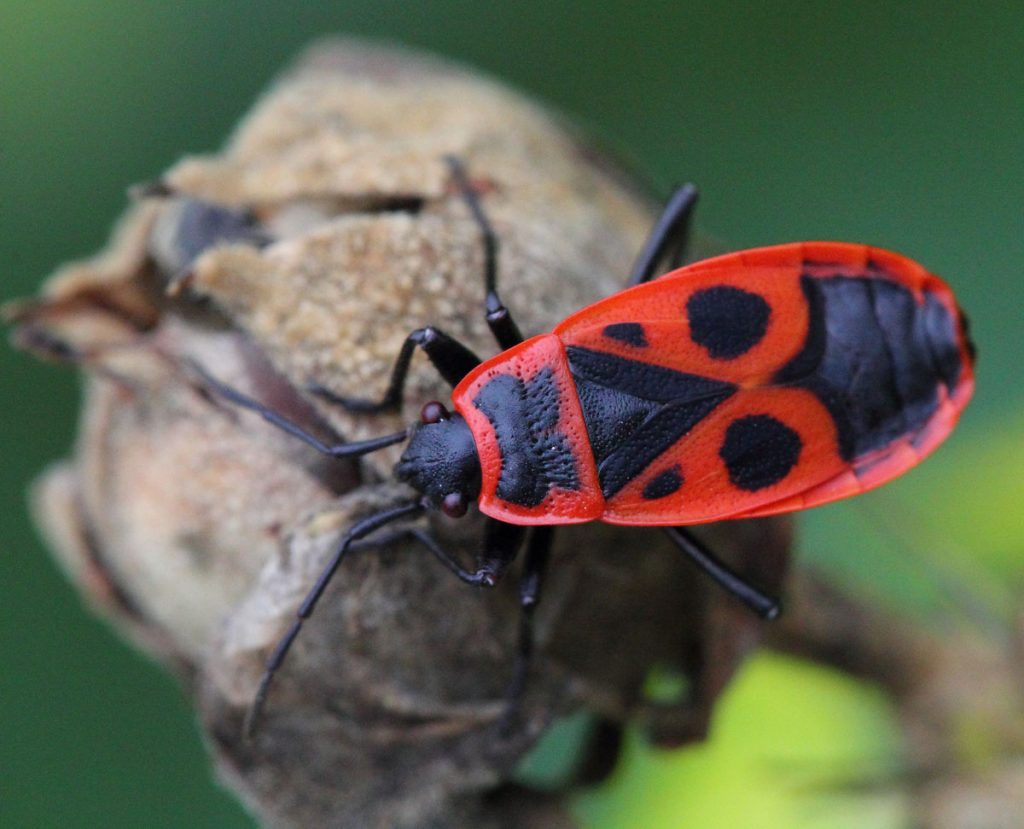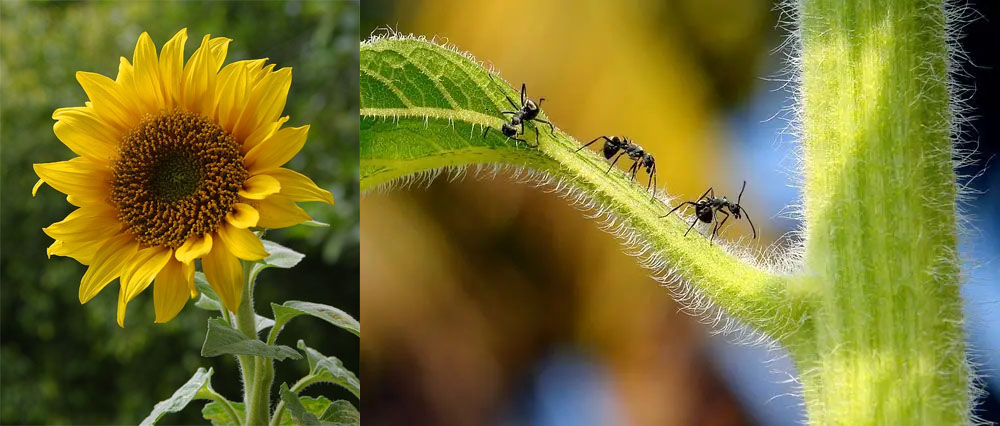Plants have many enemies. Mainly diseases and fungi. But there’s one enemy we don’t usually think about. And that’s ants. Ants cause a huge problem and endanger the production and the plants themselves if attacked by the thousands.
If ants find plants an easy food source or a medium on which to “grow” aphids, then your plants and you are in serious trouble.
Ant attack on plants
What you will notice is that thousands of ants are going up and down on your plants. If the food source is the plant itself, then they use their claws to cut small pieces off your plant and carry them to their nest. And how much can an ant hurt a plant you may ask. If it’s just one, practically none at all. But if thousands of ants every day, every hour, hurt the plant, then the plant will surely be damaged and die.
In other cases, the ants “grow” aphids on them. Like shepherds, they take care of the aphids so that the aphids have a good time, eat a lot. You will see them grooming them, gently catching them with their claws and moving them to other places.
But why is that?
Because the ants take advantage of the sugary secretions of the aphids. Like a shepherd raising sheep, cows, goats, for their milk. The ants target the sugary secretions of the aphids. The real problem in this case is not the ants, but the aphids that multiply at an exponential rate and suck the sap from the plants and eventually cause them major problems.
How do you solve the problem of ants on plants?
To be honest, there is no easy and magical solution.
On the internet you will find dozens of magical recipes for fighting ants. But very few of them actually work.
Solution 1 – Insecticides (Not recommended )
The easiest solution is to use special ant insecticides for ants that you can find at hardware stores.
They are definitely effective.
But there is one problem. They are made for use when you have an ant problem at home.
No one will tell you to pour them on or around something you will then eat like their plants and fruits.
So I recommend that you do not use them on or around something that you and other people will eat.
Solution 2 – Cinnamon
Yes cinnamon! Cinnamon, the spice we use in recipes in cooking and baking is the solution to the ant problem on plants!
Apply cinnamon around plants or on the parts of the plant that are being attacked by ants and they will go away like the devil with incense!
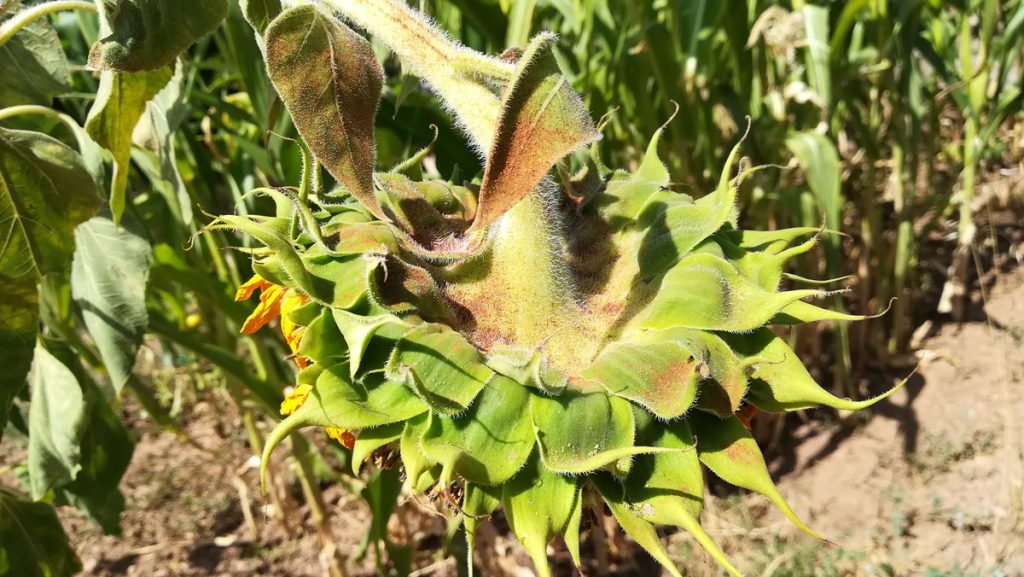
At first you’ll see that the ants don’t run away like crazy. Something is bothering them but that’s about it. But if you look at your plant a few hours later, you will see that there is no sign of an ant!!! They don’t like cinnamon! They avoid it!
With cinnamon, in a simple, inexpensive and totally organic way, you have solved the problem of ants on your plants.
What to watch out for with cinnamon
If you have added cinnamon to the soil around the plants, you should replenish it regularly after a few waterings.
If you have poured cinnamon on the plants, be careful as you water the plants that it doesn’t come off. If it comes off, you need to reapply cinnamon.
I hope you find this tip helpful and that it will assist you in getting ants off your plants.
Solution 3 – Borax
Creating an ant bait containing borax is probably the most effective solution. It is also economical. You can buy borax from pharmacies. 1 kg costs less than 5 Euros and you can make a lot of baits with this amount.
Whenever I have used borax, I have been permanently rid of ants in a few days or at most 1-2 weeks.
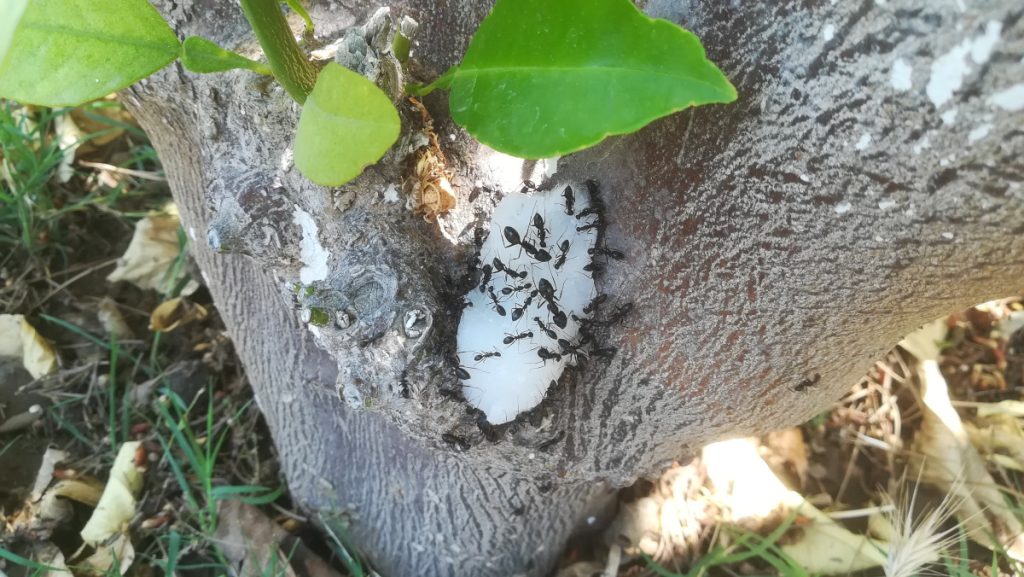
This is why I have written a separate article on how you can use borax to deal with ants: Get Rid of Ants with Borax in Garden and Home. Recipe and Application Instructions.
See also the article: Problem with Ants on Sunflower Plant – What clever things did the ants do?
Tags: ANTS • ANTS IN THE GARDEN • ANTS PREVENTION • BORAX • CINNAMON • PESTICIDES • SOLUTIONS FOR ANTS

